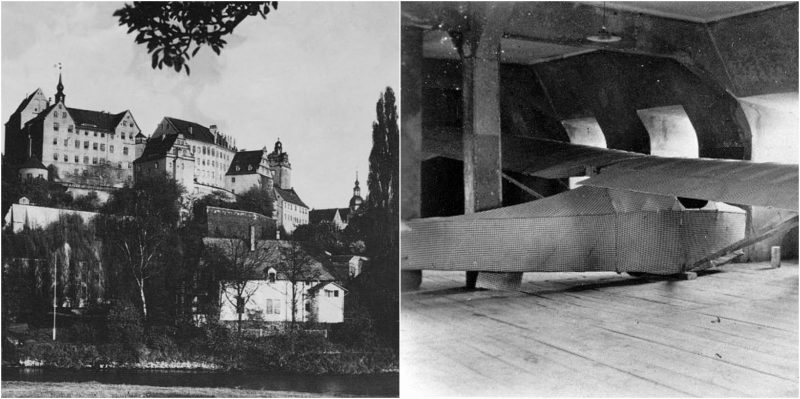During the Second World, War Oflag IV-C, situated in the thousand-year-old Colditz Castle, was one of the most famous German Army prisoner-of-war camps for enemy officers. The castle, that overlooks the town of Colditz in Saxony, was right at the core of Nazi Germany. Colditz was 400 miles (650 km) away from any frontline. Its thick walls and the cliffside with a drop of 150 feet (75 meters) down to the River Mulde made the castle practically impenetrable.
This prison camp was considered to be high-security, but despite this fact, it had the highest number of successful escape attempts. This is probably because Oflag IV-C received prisoners that tried to escape from other prisons. The Germans thought that Colditz was escape-proof, but creative prisoners repeatedly proved otherwise.
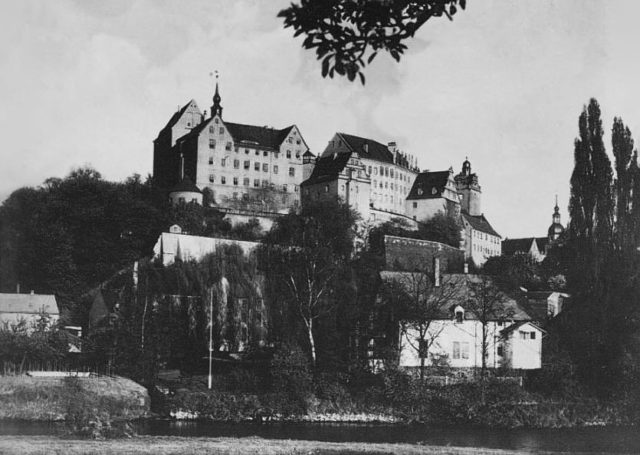
One of the most amusing escape schemes from Colditz Castle included an improvised glider named “The Colditz Cock”, made by a group of British prisoners.
This actually happened at the time as events of “The Great Escape” in Stalag Luft III. The courage and the effort that those brave men put in the building of that tunnel was the inspiration for many other soldiers. However, the Allied high command had discouraged their soldiers to try and escape. “The Great Escape” resulted in the execution of 50 prisoners and they didn’t want to see this happen again.
On the other hand, the glider plan that the prisoners in Oflag IV-C came up with was encouraged. Probably because they thought it would be more of a pastime activity that would ease the minds of the prisoners. Who knew that they would be so serious about it?
The initial idea came from Lieutenant Tony Rolt (a car racing legend in the UK). Rolt was not a pilot, but he observed that the castle chapel roof line was hidden from guard view. Being an engineer, Rolt noticed that the roof was the perfect surface for launching a glider that could fly across the River Mulde, just 60 meters below. After he had spoken with other prisoners, the plan had been set in motion.
Flight Lieutenants Bill Goldfinch and Jack Best were chosen to be the leaders of the whole project. The two of them were lucky and found a useful book in the prison library: “Aircraft Design,” by C.H. Latimer-Needham. It had all the information they needed – all the necessary physics and engineering knowledge, and it even included a detailed diagram of a wing section.
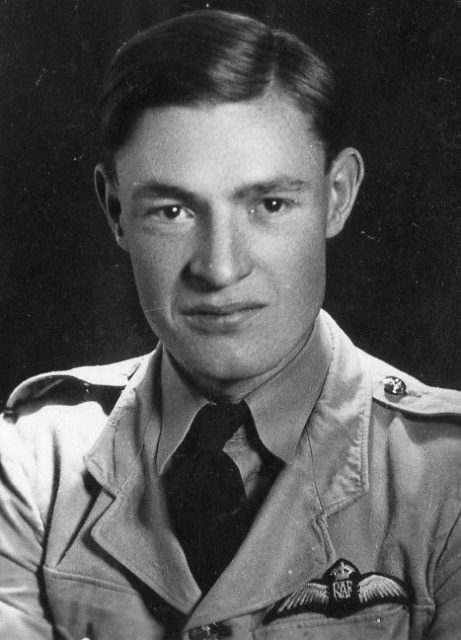
Soon they started to assemble the plane in the lower attic of the chapel. Bill and Jack had the help of 12 other soldiers which were nicknamed “12 Apostles.” First, they built a false wall in the attic to hide their workshop. They were in a good position because German guards were looking down for tunnels in the ground, not for hidden glider-workshops up in the attics. They were quite safe up there, but still, they organized lookouts and created an alarm system to warn the builders.
They had it all planned. Over thirty ribs had to be constructed (around a third of which were structural compression ribs), predominantly formed from bed slats, but also from every other piece of wood that the prisoners could find. The wing spars were constructed from floor boards. Control wires were made from electrical wiring in unused areas of the castle. They also needed a runway.
Their 60 ft long runway was to be constructed from tables, and the glider was to be launched using a pulley system based on a falling metal bathtub full of concrete which would accelerate to 30 mph (50 km/h).
The finished glider was a lightweight, two-seater, high wing, monoplane design. It had a wingspan of 32 ft (9.75 m) and it was 20 ft (6.1 m) long.
The whole glider weighed 240 lb (109 kg). They covered the wooden construction of the glider with some blue and white prison sleeping bags made of cotton. The soldiers used boiled German ration millet as a sealant for the cloth, to make it air resistant.
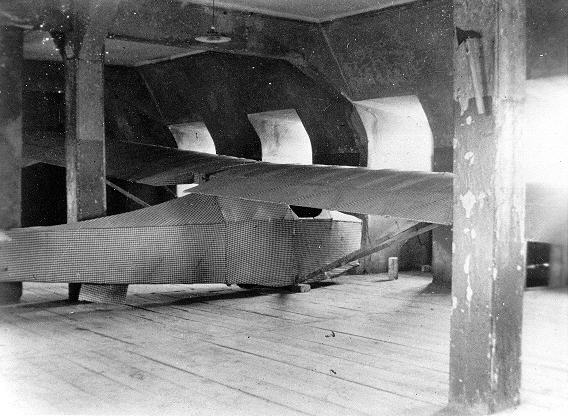
After they had made all of the necessary preparation, they scheduled the take-off for the spring of 1945, but by then the liberation army was getting closer to Colditz Castle. Although they were almost freed, the soldiers decided to keep the glider ready for flight – in case the SS decided to execute them as a sign of warning to approaching American troops.
The “Colditz Cock” never saw its maiden flight, not because it was unfit to fly, but because the American Army liberated the camp on 16 April 1945.
In more recent years, British television Channel 4 decided to test the glider and commissioned a full-scale replica. The Colditz glider managed to fly-off successfully on its first attempt.
Best, Goldfinch and about a dozen of the veterans who had worked on the original glider were present during the attempt. It was probably a glorious sight for them.
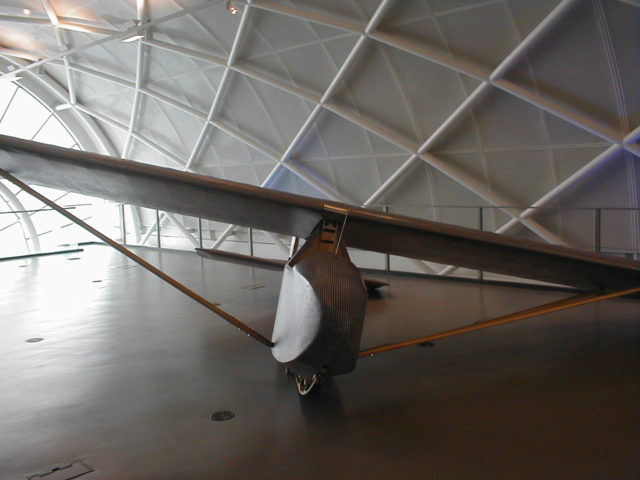
Another replica was built in 2012. Tony Hoskins’ ( UK based glider maintenance/repair company), constructed a full-scale, radio-controlled model of the glider. To make the whole experience more genuine, they did it in the same attic where the original was made. The model was flown from Colditz Castle and managed to fly over the River Mulde.
The fate of the original glider is not known as the castle was in the zone controlled by the Russians. The only evidence of its completion was the photograph, allegedly taken by an American soldier during the liberation.
